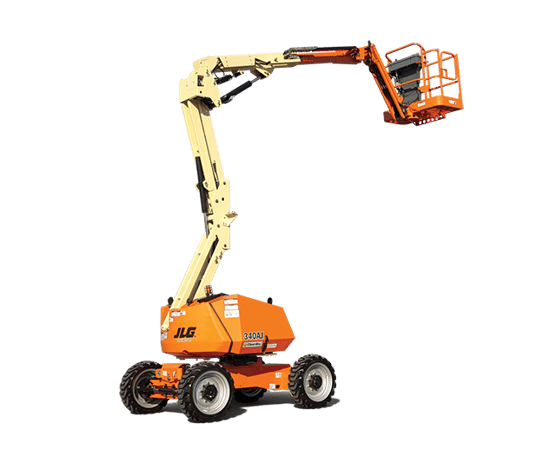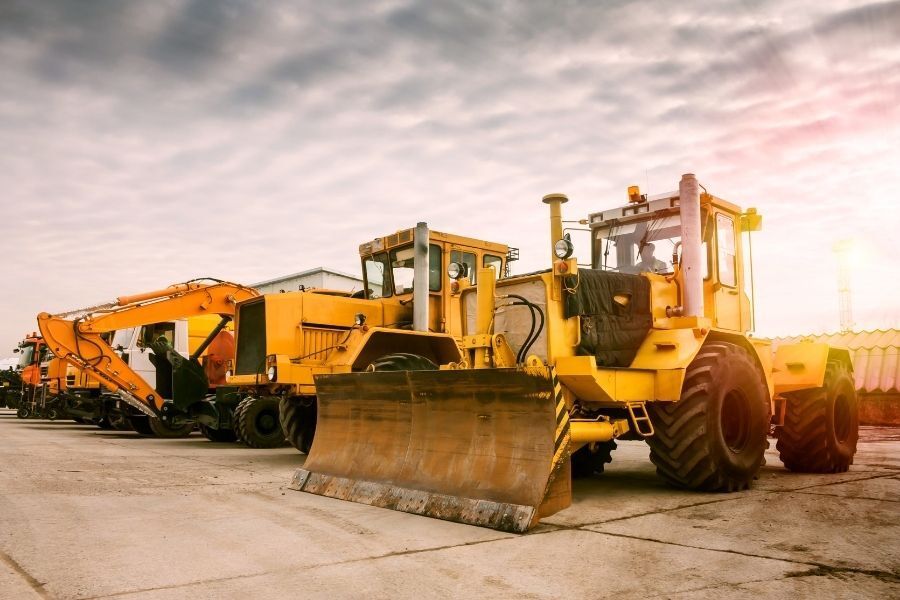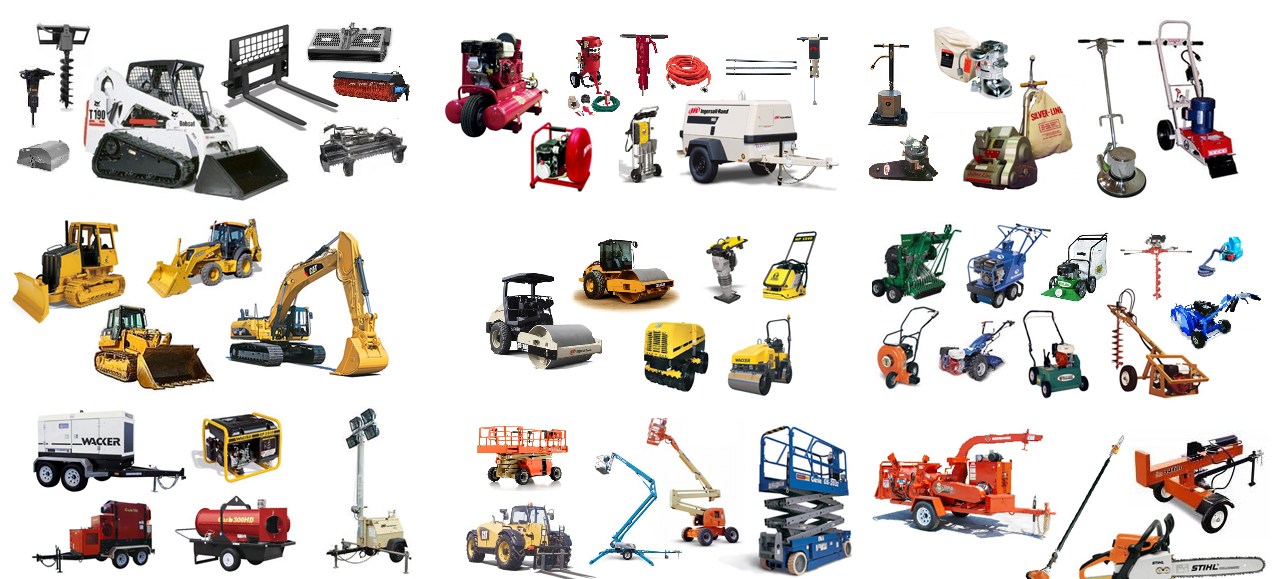Optimize Your Budget by Recognizing the Prices Connected With Construction Tools Leasings
Comprehending the full range of costs connected with building and construction equipment leasings is critical for optimizing your spending plan. What techniques can be employed to successfully take care of these expenses and guarantee a much more reliable rental experience?
Overview of Rental Expenses
When taking into consideration building equipment leasings, recognizing the associated prices is critical for effective budgeting and task planning. Rental costs can differ considerably based on a number of factors, consisting of equipment kind, duration of service, and location. The initial rental charge often reflects the tools's market demand and its linked functional capacities, influencing the general expenditure.
In enhancement to the base rental price, ancillary expenses may develop, such as transportation fees, fuel additional charges, and maintenance charges. It is necessary to account for these additional expenses to precisely examine the total price of renting equipment. The rental period can impact prices; longer services may qualify for reduced prices, while short-term leasings may incur greater day-to-day costs.

Breakdown of Rental Rates
A thorough understanding of rental prices is crucial for contractors and task supervisors intending to optimize their budget plans. Rental rates for building and construction equipment generally consist of several elements, including base prices, time-based costs, and usage costs.
Base prices are the core costs associated with the service of the tools, often identified by the type and dimension of the equipment. These prices can vary considerably, influenced by elements such as equipment need, accessibility, and local market trends. Time-based costs, which may be daily, weekly, or monthly, serve to accommodate various job timelines and rental periods.
Furthermore, rental prices may include use charges, which apply when tools is used beyond a specified limit, making sure that the rental company can represent wear and tear. Seasonal need fluctuations can likewise impact rental rates, with peak building and construction seasons usually regulating higher costs.
Moreover, comprehending the rental business's policies regarding maintenance and insurance can provide more insight into the total price structure. By evaluating these components, contractors can make educated decisions, making sure the choice of rental devices straightens with both project requirements and budget plan constraints.
Extra Costs to Think About
Understanding the complexities of additional fees is important for specialists to handle their general leasing expenses successfully. Beyond the common rental prices, different auxiliary charges can significantly impact the overall expense of equipment leasing. These charges typically include shipment and pick-up charges, which can differ based upon distance and logistics entailed in moving the devices to and from the task site.
Additionally, some rental companies may enforce fuel surcharges if the equipment is returned with much less fuel than when leased. It is also vital to understand potential cleaning fees, particularly for customized devices that needs extensive maintenance after usage.

Thoroughly examining the rental arrangement and making clear these extra charges upfront can help professionals stay clear of unforeseen costs and make certain that budget plans stay undamaged throughout the job lifecycle.
Repair And Maintenance Expenses
Normal repair and maintenance expenses are commonly forgotten elements that can significantly influence the overall expense of construction tools rentals. When renting devices, it is crucial to consider not just the rental charges yet also the potential expenses related to keeping the machinery in ideal operating problem.
Numerous rental companies include basic upkeep as part of the rental agreement; however, more unexpected malfunctions or considerable repairs can lead to added expenses. It's necessary to review the rental agreement carefully to understand what upkeep services are covered and what obligations drop on the renter.
In addition, devices that is not well-kept can result in inadequacies on the work website, potentially raising and creating hold-ups task prices. To alleviate these threats, it is a good idea to carry out routine inspections and keep open interaction with the rental provider regarding any issues that emerge throughout usage.
Insurance and Obligation Expenses
Insurance and liability prices are vital elements that can substantially affect the total expenditure of building equipment leasings (construction equipment rentals). These costs make sure that both the rental firm and the customer are safeguarded from possible monetary losses occurring from accidents, damages, or burglary throughout the rental duration

In addition, clients must understand any kind of deductibles or exclusions in the insurance plan, as these can affect possible out-of-pocket expenditures. Recognizing the conditions of any insurance coverage is crucial to stay clear of unforeseen expenses. Eventually, budgeting for insurance coverage and obligation costs can help guarantee a smoother rental experience and safeguard against financial dangers related to construction projects.
Conclusion
In conclusion, an extensive understanding of the prices linked with building devices rentals is necessary for efficient budget plan management. Inevitably, educated decision-making relating to devices rentals adds to the general success of construction endeavors.
Rental prices can vary considerably based on several aspects, consisting of devices type, period of leasing, and place (equipment rental company). The rental duration can affect prices; longer rentals might qualify for discounted prices, while temporary rentals may incur greater everyday costs
By carrying out complete study and engaging with respectable rental firms, contractors can properly browse the complexities of rental pricing, ultimately optimizing their financial sources.
Past the typical rental rates, numerous supplemental fees can dramatically influence the overall cost of devices leasing. Rental business usually give obligation insurance policy that covers injuries to 3rd celebrations or damage to home, while tools damages insurance policy can cover the cost of construction equipment rentals repair work or substitute if the leased tools is harmed.